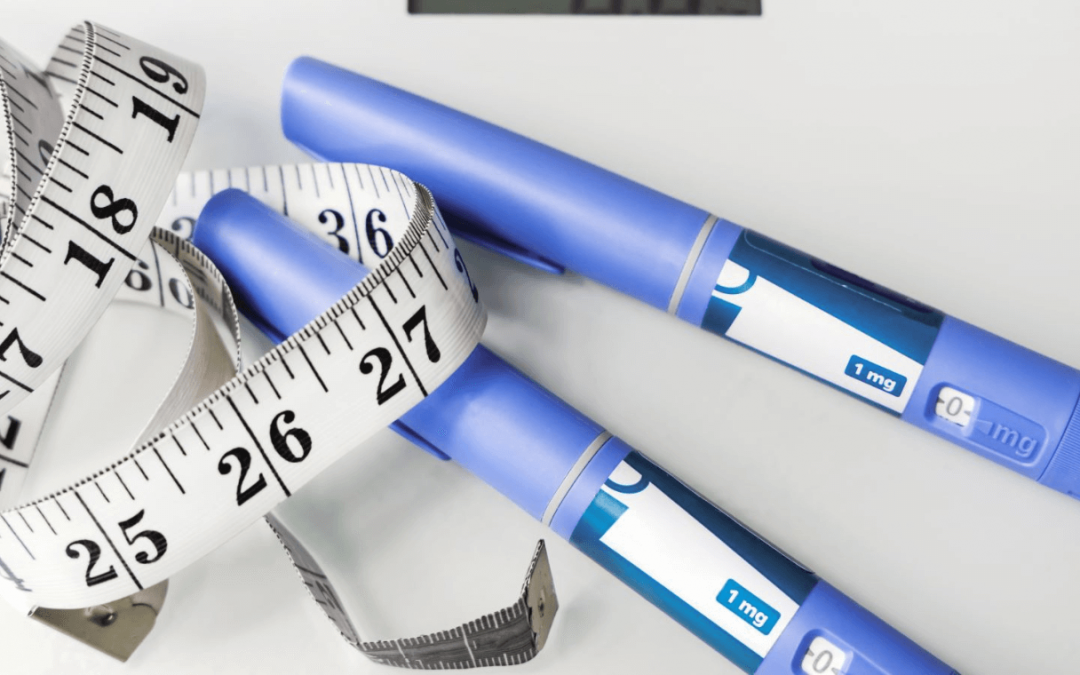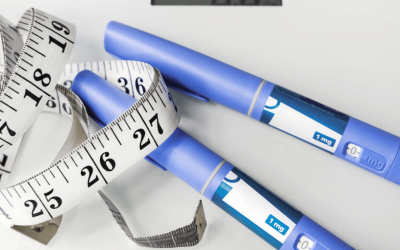In this blog we delve into ways that we burn calories and some potential changes which can help us to turn the ‘calories in versus calories out’ equation in our favour. In the sports setting, the term ‘marginal gains’ is very prominent, looking at small changes in several areas which contribute to make a significant difference. Let’s put that into practice with burning calories.
Firstly, let’s get to the basics. To learn the small changes, we can make to maximise our calorie burn – we need to understand the methods by which we currently burn calories. There are in-fact four ways that this is done:
Basal metabolic rate (BMR)
Basal metabolic rate is the number of calories your body needs to perform basic functions at rest, such as breathing, circulating blood, regulating body temperature, and maintaining organ function. BMR accounts for a significant portion of daily calorie expenditure, usually around 60-75%. Generally speaking, the more physically active you are, the lower the portion of your total calorie expenditure comes from BMR – not that you burn less, just the percentage shifts because of your movement levels.
How do I maximise my calorie burn?
Incorporate resistance training to build lean muscle mass, which increases your metabolic rate. Stay hydrated throughout the day to support optimal metabolic function, as dehydration can temporarily lower your metabolism. Additionally, prioritise restful sleep, aiming for 7-9 hours each night, to promote proper metabolic function and allow your body to recover effectively.
Physical activity
Engaging in physical activities and exercise increases calorie expenditure. This includes structured workouts like weightlifting, cardio exercises, sports, and recreational activities. The intensity and duration of the activity determine the number of calories burned. Higher-intensity activities provide more bang for your buck, however regular structured exercise will greatly contribute to your calorie burn over time.
How do I maximise my calorie burn?
The basic rule is do more! If you exercise 3-4 times per week, increase the intensity (lift heavier, reduce rest, run faster, cycle harder), and if you’re not hitting the 3-4 sessions across a week, then add one more than you are currently doing. The result will be a greater cumulative calorie consumption.
Non-exercise activity thermogenesis (NEAT)
NEAT refers to the energy expended through everyday activities that are not deliberate exercise, such as walking, taking the stairs, fidgeting, doing household chores, and other forms of movement throughout the day. NEAT can vary greatly between individuals and can have a significant impact on overall calorie expenditure.
How do I maximise my calorie burn?
A lot of this calorie burn is sub-conscious – fidgeting, moving around without thinking. However, there are conscious changes. Take regular breaks from sitting and go for short walks during your breaks. Engaging in active hobbies or tasks, like gardening or cleaning, can also contribute to higher calorie expenditure. Additionally, consider using a standing desk or taking standing breaks throughout the day. Standing burns more calories than sitting and encourages muscle engagement.
Thermic effect of food (TEF)
The thermic effect of food is the energy required for digestion, absorption, and processing of nutrients from the food you eat. Different macronutrients have different thermic effects, with protein having the highest effect, followed by carbohydrates and fats.
How do I maximise my calorie burn?
As protein has the highest thermic effect, we would advise consumption of lean meats (chicken, turkey, lean beef), fish (salmon, tuna), eggs, dairy products (Greek yogurt, cottage cheese), legumes (beans, lentils), and tofu. However, do note that TEF contributes to a small portion of total calorie expenditure.
Remember that small changes over time build to make a big difference. To improve body composition – the vast majority of us need to amend both sides of the caloric equation (in essence, eat less and move more), but by adopting sustainable changes, we can ensure that we’re not just getting in shape for summer, rather, we’re staying in shape for life.










